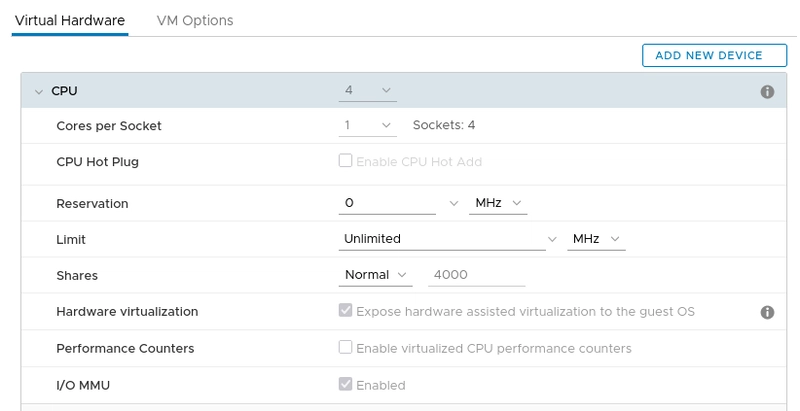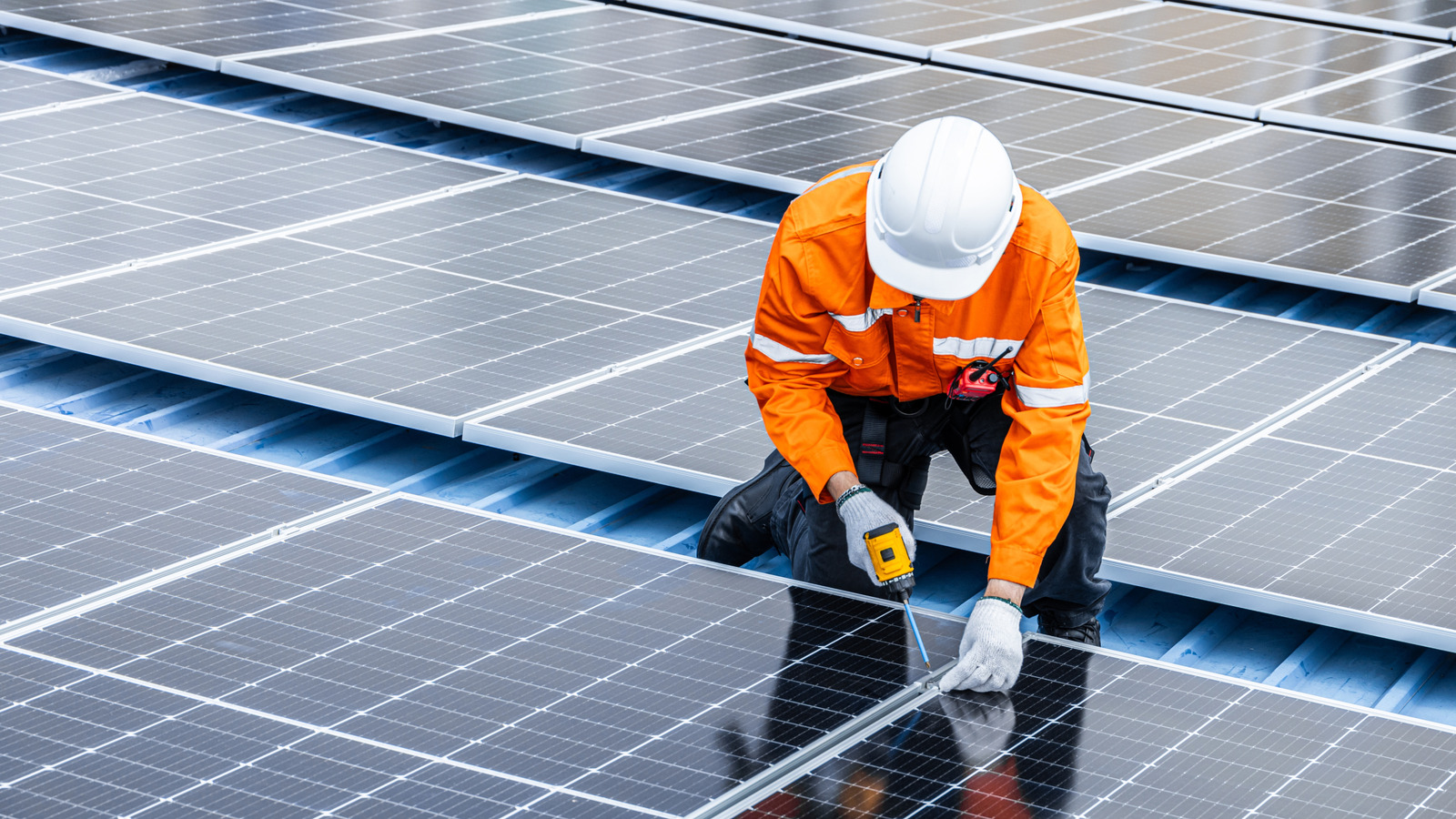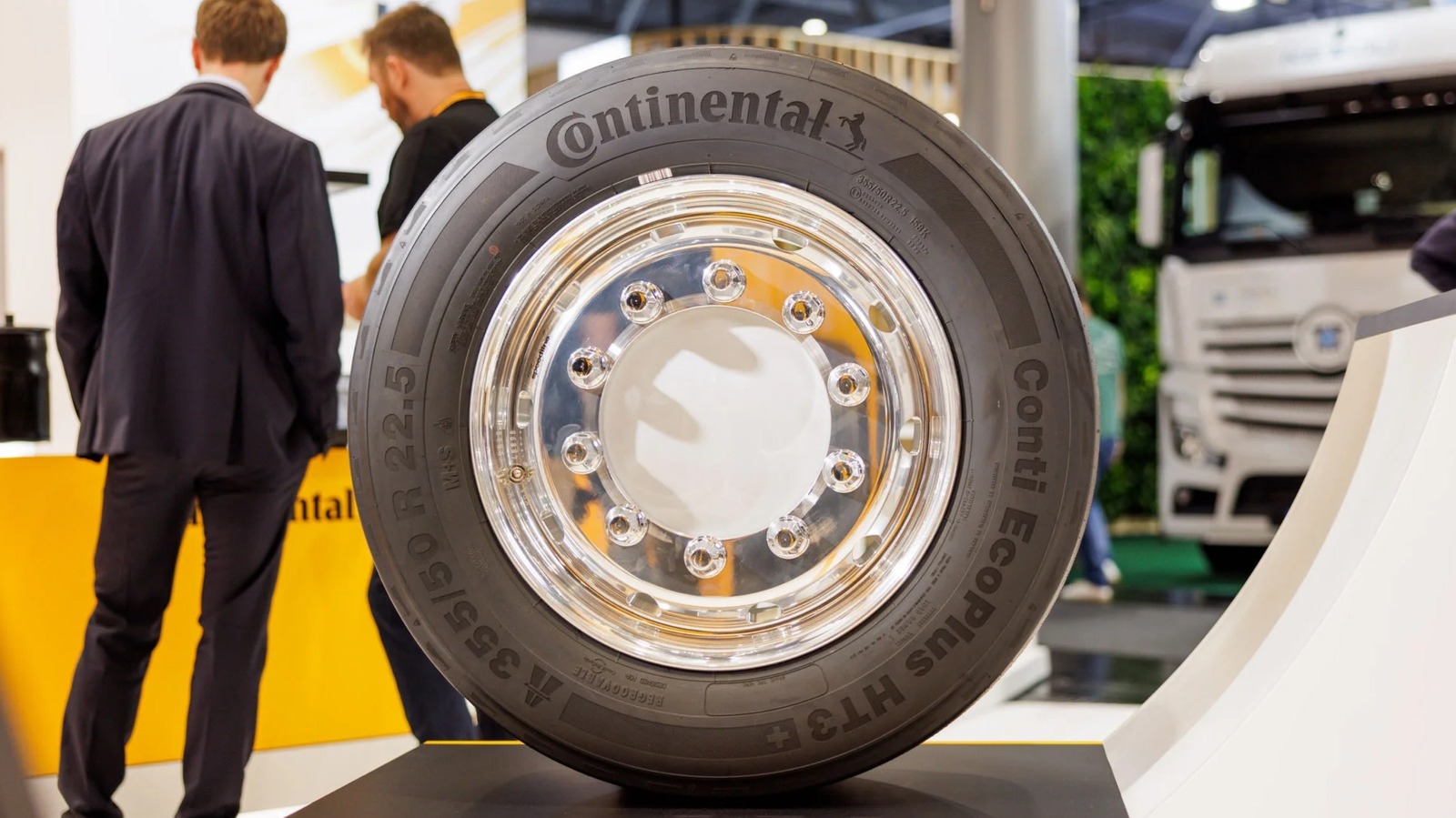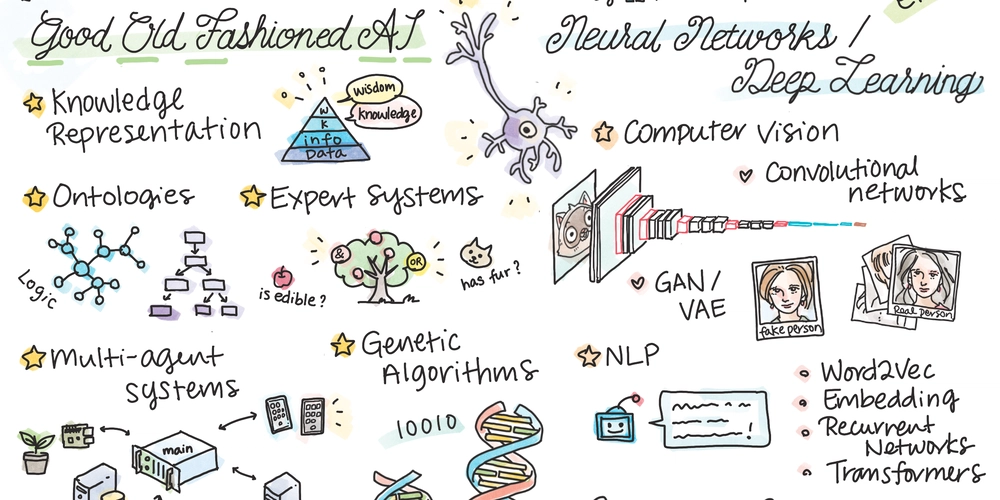How to Implement Data Augmentation in Tensorflow in 2025?
Data augmentation is an essential technique in modern machine learning workflows to enhance model performance and generalization by artificially expanding the size and variability of training datasets. In 2025, with advancements in machine learning frameworks, TensorFlow continues to be a leading tool for implementing data augmentation efficiently and effectively. This article walks you through the steps to implement data augmentation in TensorFlow. Why Data Augmentation? Prevent Overfitting: By introducing variations, models are less likely to memorize noise and instead learn meaningful patterns. Improve Accuracy: Augmented data allows models to perform better on unseen data. Cost-Effective Dataset Expansion: Without needing additional labeled data, augmentation multiplies the diversity of the training dataset. Implementing Data Augmentation in TensorFlow Prerequisites TensorFlow 2.10+: Ensure you have the latest version of TensorFlow installed via pip: pip install tensorflow Step 1: Import Necessary Libraries Start by importing TensorFlow and other dependencies: import tensorflow as tf from tensorflow.keras.preprocessing.image import ImageDataGenerator Step 2: Define Your Data Augmentation Strategy With TensorFlow's ImageDataGenerator, you can specify a range of augmentation techniques: augmentation_generator = ImageDataGenerator( rotation_range=20, # Randomly rotate images by 20 degrees width_shift_range=0.2, # Shift images horizontally by 20% of their width height_shift_range=0.2, # Shift images vertically by 20% of their height shear_range=0.15, # Shear images by 15% zoom_range=0.2, # Zoom images by 20% horizontal_flip=True, # Randomly flip images horizontally fill_mode='nearest' # Fill missing pixels with the nearest mode ) Step 3: Load and Prepare Your Dataset Explore how to map numpy array in tensorflow dataset. Here’s how to integrate augmentation into your data pipeline: train_data = augmentation_generator.flow_from_directory( 'path/to/your/dataset', target_size=(150, 150), batch_size=32, class_mode='binary' ) Step 4: Integrate into Your Model Training Combine your data augmentation with the model training process: model = tf.keras.models.Sequential([ # Define your model architecture tf.keras.layers.Conv2D(32, (3, 3), activation='relu', input_shape=(150, 150, 3)), tf.keras.layers.MaxPooling2D(2, 2), # Add additional model layers tf.keras.layers.Flatten(), tf.keras.layers.Dense(128, activation='relu'), tf.keras.layers.Dense(1, activation='sigmoid') ]) model.compile( loss='binary_crossentropy', optimizer='adam', metrics=['accuracy'] ) model.fit( train_data, steps_per_epoch=100, epochs=10, validation_data=validation_data, validation_steps=50 ) Step 5: Analyze and Improve Your Model After training your model, assess its performance and use visualization techniques for a deeper understanding. Learn more about tensorflow model visualization techniques. Conclusion Data augmentation remains an invaluable tool in 2025 for enhancing deep learning models. With TensorFlow, implementing robust data augmentation is seamless and integrate well into training pipelines. As machine learning technologies evolve, staying updated on best practices in TensorFlow is crucial for gaining significant advancements in model performance. For further details on how TensorFlow operates and additional examples, check our comprehensive post on tensorflow layout works. By leveraging these techniques, you'll be well-equipped to tackle increasingly complex machine learning problems, ensuring your models are robust and effective for diverse real-world applications.

Data augmentation is an essential technique in modern machine learning workflows to enhance model performance and generalization by artificially expanding the size and variability of training datasets. In 2025, with advancements in machine learning frameworks, TensorFlow continues to be a leading tool for implementing data augmentation efficiently and effectively. This article walks you through the steps to implement data augmentation in TensorFlow.
Why Data Augmentation?
- Prevent Overfitting: By introducing variations, models are less likely to memorize noise and instead learn meaningful patterns.
- Improve Accuracy: Augmented data allows models to perform better on unseen data.
- Cost-Effective Dataset Expansion: Without needing additional labeled data, augmentation multiplies the diversity of the training dataset.
Implementing Data Augmentation in TensorFlow
Prerequisites
- TensorFlow 2.10+: Ensure you have the latest version of TensorFlow installed via pip:
pip install tensorflow
Step 1: Import Necessary Libraries
Start by importing TensorFlow and other dependencies:
import tensorflow as tf
from tensorflow.keras.preprocessing.image import ImageDataGenerator
Step 2: Define Your Data Augmentation Strategy
With TensorFlow's ImageDataGenerator, you can specify a range of augmentation techniques:
augmentation_generator = ImageDataGenerator(
rotation_range=20, # Randomly rotate images by 20 degrees
width_shift_range=0.2, # Shift images horizontally by 20% of their width
height_shift_range=0.2, # Shift images vertically by 20% of their height
shear_range=0.15, # Shear images by 15%
zoom_range=0.2, # Zoom images by 20%
horizontal_flip=True, # Randomly flip images horizontally
fill_mode='nearest' # Fill missing pixels with the nearest mode
)
Step 3: Load and Prepare Your Dataset
Explore how to map numpy array in tensorflow dataset.
Here’s how to integrate augmentation into your data pipeline:
train_data = augmentation_generator.flow_from_directory(
'path/to/your/dataset',
target_size=(150, 150),
batch_size=32,
class_mode='binary'
)
Step 4: Integrate into Your Model Training
Combine your data augmentation with the model training process:
model = tf.keras.models.Sequential([
# Define your model architecture
tf.keras.layers.Conv2D(32, (3, 3), activation='relu', input_shape=(150, 150, 3)),
tf.keras.layers.MaxPooling2D(2, 2),
# Add additional model layers
tf.keras.layers.Flatten(),
tf.keras.layers.Dense(128, activation='relu'),
tf.keras.layers.Dense(1, activation='sigmoid')
])
model.compile(
loss='binary_crossentropy',
optimizer='adam',
metrics=['accuracy']
)
model.fit(
train_data,
steps_per_epoch=100,
epochs=10,
validation_data=validation_data,
validation_steps=50
)
Step 5: Analyze and Improve Your Model
After training your model, assess its performance and use visualization techniques for a deeper understanding.
Learn more about tensorflow model visualization techniques.
Conclusion
Data augmentation remains an invaluable tool in 2025 for enhancing deep learning models. With TensorFlow, implementing robust data augmentation is seamless and integrate well into training pipelines. As machine learning technologies evolve, staying updated on best practices in TensorFlow is crucial for gaining significant advancements in model performance.
For further details on how TensorFlow operates and additional examples, check our comprehensive post on tensorflow layout works.
By leveraging these techniques, you'll be well-equipped to tackle increasingly complex machine learning problems, ensuring your models are robust and effective for diverse real-world applications.









































































































































































![[The AI Show Episode 142]: ChatGPT’s New Image Generator, Studio Ghibli Craze and Backlash, Gemini 2.5, OpenAI Academy, 4o Updates, Vibe Marketing & xAI Acquires X](https://www.marketingaiinstitute.com/hubfs/ep%20142%20cover.png)



























































































































![[DEALS] The Premium Learn to Code Certification Bundle (97% off) & Other Deals Up To 98% Off – Offers End Soon!](https://www.javacodegeeks.com/wp-content/uploads/2012/12/jcg-logo.jpg)


![From drop-out to software architect with Jason Lengstorf [Podcast #167]](https://cdn.hashnode.com/res/hashnode/image/upload/v1743796461357/f3d19cd7-e6f5-4d7c-8bfc-eb974bc8da68.png?#)






































































































.png?#)




.jpg?#)
































_Christophe_Coat_Alamy.jpg?#)
 (1).webp?#)









































































































![Rapidus in Talks With Apple as It Accelerates Toward 2nm Chip Production [Report]](https://www.iclarified.com/images/news/96937/96937/96937-640.jpg)






































































































































